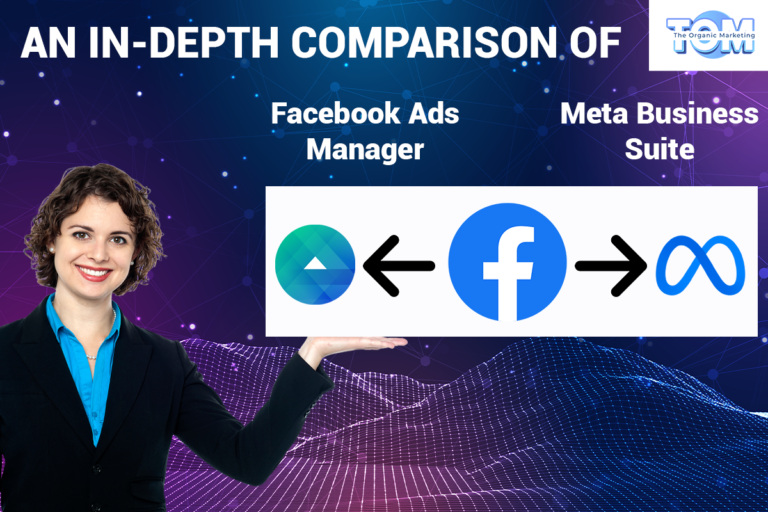Voice AI Explored: An In-depth Overview of What it is and How it Works
Voice AI is a surprising new frontier in a society driven by technology advancements. Voice AI, short for Voice Artificial Intelligence, is a form of artificial intelligence that has moved beyond science fiction and into our everyday life. This technology has effortlessly woven itself into the fabric of our interactions, from smartphones to smart speakers. Let’s explore speech AI in depth to comprehend its purpose, operation, and effects.
What is Voice AI?
The combination of artificial intelligence with speech recognition technologies is referred to as voice AI. It closes the communication gap between humans and automated systems by enabling machines to comprehend, understand, and respond to human speech. This technology translates spoken language into commands that computers can understand using cutting-edge algorithms and neural networks.
Importance of Voice AI in the Current Landscape
Voice AI is a game-changer in the huge field of contemporary industry and commerce. It’s not only about typing out queries/requests anymore; it’s about effortlessly communicating with technology using our voice, which is the most organic method of communication. This change has transformed accessibility for people with disabilities as well as personal help and customer service. Voice artificial intelligence (AI) has carved out a realm where technology is genuinely at our command, from virtual assistants assisting us with everyday activities to smart gadgets benefiting our homes.
How Does Voice AI Work?
To give life to our spoken words, AI uses a combination of complex structures that operate in unison.
- Understanding Speech to Text: The process begins with the recognition of spoken language, converting it into text. Advanced algorithms analyze phonetic patterns and contextual cues to accurately transcribe our words.
- Filtering Ambient Sounds: To ensure clarity, ambient noises are filtered out, allowing the AI to focus solely on the user’s voice.
- Transfer to Neural Processing: The transcribed text is transferred to neural networks, where it undergoes intensive processing to decipher its meaning.
- Syntactic and Semantic Techniques: Through syntactic and semantic analysis, the AI dissects the text’s structure and intent, understanding not just the words but their context as well.
- Response Evaluation: Based on its analysis, the AI generates a response using predefined algorithms and databases. This response is evaluated to ensure relevance and accuracy.
- Communicating in the User’s Language: The AI converts its generated response back into speech, communicating with the user in their language of choice.
Advantages of Voice AI
- Convenience and Efficiency: Voice AI enables hands-free interaction with devices, allowing users to multitask and access information on the go.
- Enhanced Accessibility: Voice AI empowers differently-abled individuals to navigate technology effortlessly, promoting inclusivity.
- Natural Interaction: Talking is the most intuitive form of communication, making voice AI a user-friendly and natural way to interact with devices.
- Streamlined Customer Service: Businesses can provide personalized and efficient customer service through voice assistants, enhancing user experiences.
- Time Saving: Voice AI accelerates tasks like searching for information, setting reminders, or sending messages, reducing the time spent on routine activities.
- Multilingual Capabilities: Voice AI can understand and respond in multiple languages, breaking language barriers and expanding its reach.
- Innovative Interfaces: It opens doors to new interfaces, from smart speakers to in-car voice control, transforming how we interact with technology.
Disadvantages of Voice AI
- Privacy Concerns: The recording and storage of voice interactions raise concerns about data privacy and potential misuse of personal information.
- Security Risks: Vulnerabilities in voice recognition systems could be exploited for unauthorized access or malicious activities.
- Limited Accuracy: Voice AI’s accuracy can vary based on accents, speech patterns, and background noise, leading to misinterpretation and user frustration.
- Lack of Contextual Understanding: While AI can decipher words, understanding complex contexts and nuances of human conversation can be challenging.
- Dependence on Connectivity: Voice AI heavily relies on internet connectivity, limiting its functionality in areas with poor or no network coverage.
- Learning Curve: Users need to adapt to the specific commands and syntax understood by voice assistants, which might require a learning curve.
- Loss of Human Interaction: Relying solely on voice AI may reduce real human interactions, affecting personal connections and emotional engagement.
Voice AI is an effective tool that transforms how we use technology, but it is not without difficulties. For this disruptive technology to harmoniously enter our lives, it must be balanced between its advantages and challenges with privacy and accuracy. Voice AI has revolutionized how we communicate with technology and ushers in a new era of seamless interaction between humans and technology as we move into a time where our words have more significance than ever.
For more details on voice AI or how to integrate it with your business/brand, get in touch with The Organic Marketing.
FAQ
Q: How can voice intelligence enhance customer support for my business?
A: Voice intelligence enables automated yet personalized customer support through voice assistants, addressing queries, providing information, and even guiding users through troubleshooting steps.
Q: What distinguishes voice search optimization from conventional SEO?
A: Yes, voice search optimization focuses on optimizing content for natural language queries used in voice searches, which tend to be more conversational and longer than typed queries in traditional SEO.
Q: Can voice intelligence be integrated into e-commerce platforms for transactions?
A: Absolutely. Voice intelligence can facilitate voice-enabled transactions, making purchasing easier by allowing users to add items to their cart, choose shipping options, and complete payments using voice commands.







